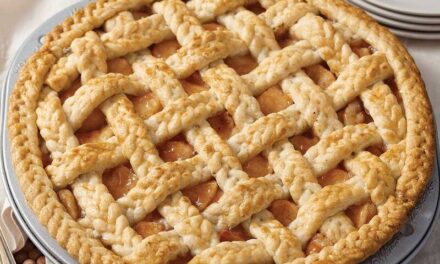Fat provides color, texture, tenderness and moisture in our favorite desserts. So for those of us watching what we eat, how can you enjoy that delicious brownie without all the fat and calories from using oil or butter? As a Registered Dietitian, I can help you create healthy alternatives to traditional desserts such as cookies, cakes and brownies. Here are a few sweet ideas:
- Fruit purees are most commonly used as fat substitutes in baking. Applesauce, for example, works well in most cake recipes, muffins, gingerbread, and can replace at least half the fat in cookies. Mashed bananas or pureed peaches can be used in chocolate cakes, spice cakes or muffins. Pureed pears are a great fat substitute in coffee cakes and quick breads, while prune puree works best in spice cakes, muffins, scones, chocolate cakes, coffee cakes, crumb crusts, brownies and cookies. When modifying a recipe using fruit purees use about half as much of the fruit puree as the total amount of fat called for in the recipe. For example, if the recipe calls for 1 cup of butter, use 1/2 cup of fruit puree. When mixing together, you can always add more puree if it looks a little dry.
- Strange as it may sound, vegetable purees can also be used to replace butter or oil in baking. Cooked mashed squashes (like pumpkin) or sweet potatoes will replace half if not all the fat in most baked desserts, and are particularly suited for muffins, quick breads, gingerbread, fruit cakes and other dense cakes. Squash or sweet potatoes are an excellent choice if the recipe calls for cinnamon, nutmeg, ginger, or cloves, and are pleasing for fall or winter baking! You can use 3/4 as much of the vegetable puree as the total amount of fat called for in the recipe, and as with using fruit purees as a fat substitute, add a little extra puree if you think the batter looks too dry. As an added bonus, think about all of the vitamins and minerals you will get from the vegetable purees!
- Fat free dairy products such as yogurt or buttermilk work quite well to replace fat in desserts and to decrease overall calories. You can use 1/2 as much of the substitute as the total amount of fat called for in the recipe. If the recipe calls for oil, you may use 3/4 of the substitute, adding slightly more if it is dry. Muffins, quick breads, cakes, chocolate baked goods, biscuits and scones are good recipes to use fat free yogurt or buttermilk as fat substitutes.
- If you are wary of any of the suggested fat substitutes and just can’t bear to bake without oil or butter, using 2 egg whites for every egg called for in a recipe will decrease the fat in a recipe slightly.
Replacing fat in baked goods often requires a shorter baking time. Low fat batters can become dry and overdone very quickly. Therefore, ten minutes before the timer goes off test for doneness with a toothpick and continue to do so every few minutes until it is completely baked.
I really enjoyed your feedback and ideas on reducing sugar in baked goods – I’d love to hear your thoughts on successful fat substitutes in baking as well!



